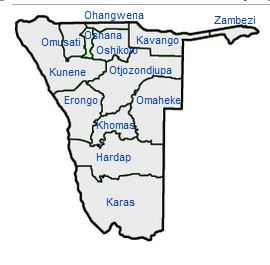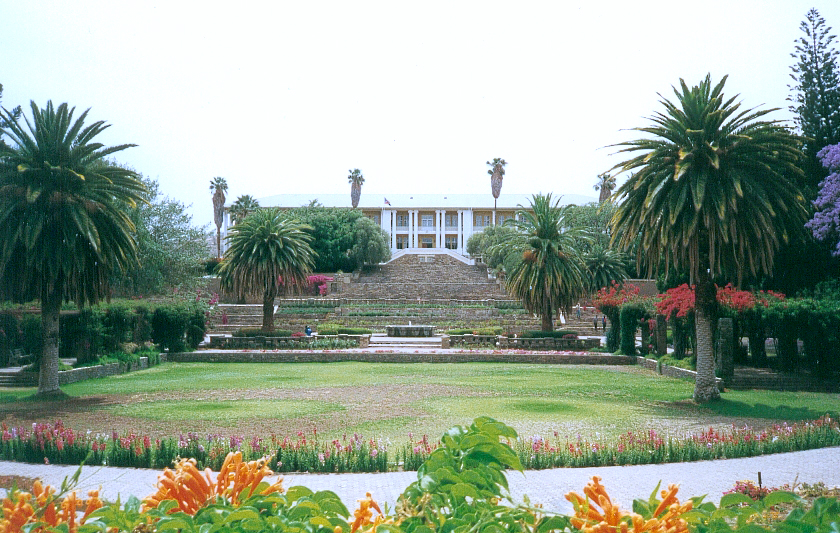Namibia and its Resources


Namibia is a country of South African region. It was known as the South West Africa. It was a colony of Germany. It was taken over by British Army and handed over to South Africa for administration. It remained as a colony of South Africa for some period. It gained independence on 21st March 1990. It has an area of 825615 sq.km. The bordering countries are Angola in the north, Zimbabwe and Zambia in the north east, Botswana in the east, and South Africa in the south direction. the western coast is covered by the Atlantic Ocean. The capital city is Windhoek. The Population of Namibia is around 2.1 million .Namibia is having dry and arid climate in major parts of the country. Human civilisation was reported from the Bronze age period. The important tribes are San, Damara, and Namaqua. Christianity is followed by around 90 percent of the population. The remaining people have their local beliefs and religions. The official language of Namibia is English. Other languages are German, Afrikaans, and Oshiambo. The Oshiambo language is spoken by more than 50 percent people of Namibia. Other languages spoken are Nama-Damara, Kavango, Silozi, Herero, Setswana, and Reekwangall.
The early settlers in Namibia are the Nama, Orlama, Herero, Gobabis and Okahandja. The first european traveller to land in this country was a navigator, from Portugal. He was called Diego Cao Camelare. He landed there in the year 1485.AD. Bartolomeu Dias came to Namibia in the year 1486 AD. In the early part of 19th century, traders from Germany and Sweden came to Namibia. Some European traders landed in Namibia on their way to Angola from South Africa. Slowly many settlers came and settled in the coastal region of Namibia. Germany made it a colony in the year 1884 AD. It was called German South West Africa. After the defeat of Germany in the World War-1, it was occupied by South Africa. It was named as South West Africa. Due to spread of education by the missionaries in Namibia, many people accepted Christianity as their religion and faith. Most of the people are Lutheran Christian in Namibia. Some are Catholic, Methodist and Anglican Church.


The Judiciary is the third part of the government and very important for the people of Namibia. The Judiciary has lower courts, The High Court and the Supreme Court. The High Court has the appealing authority over the judgement of the Lower courts. The Supreme Court has appealing authority over the High Court. The judges of the High Court and the Supreme Court are appointed by the President of Namibia.